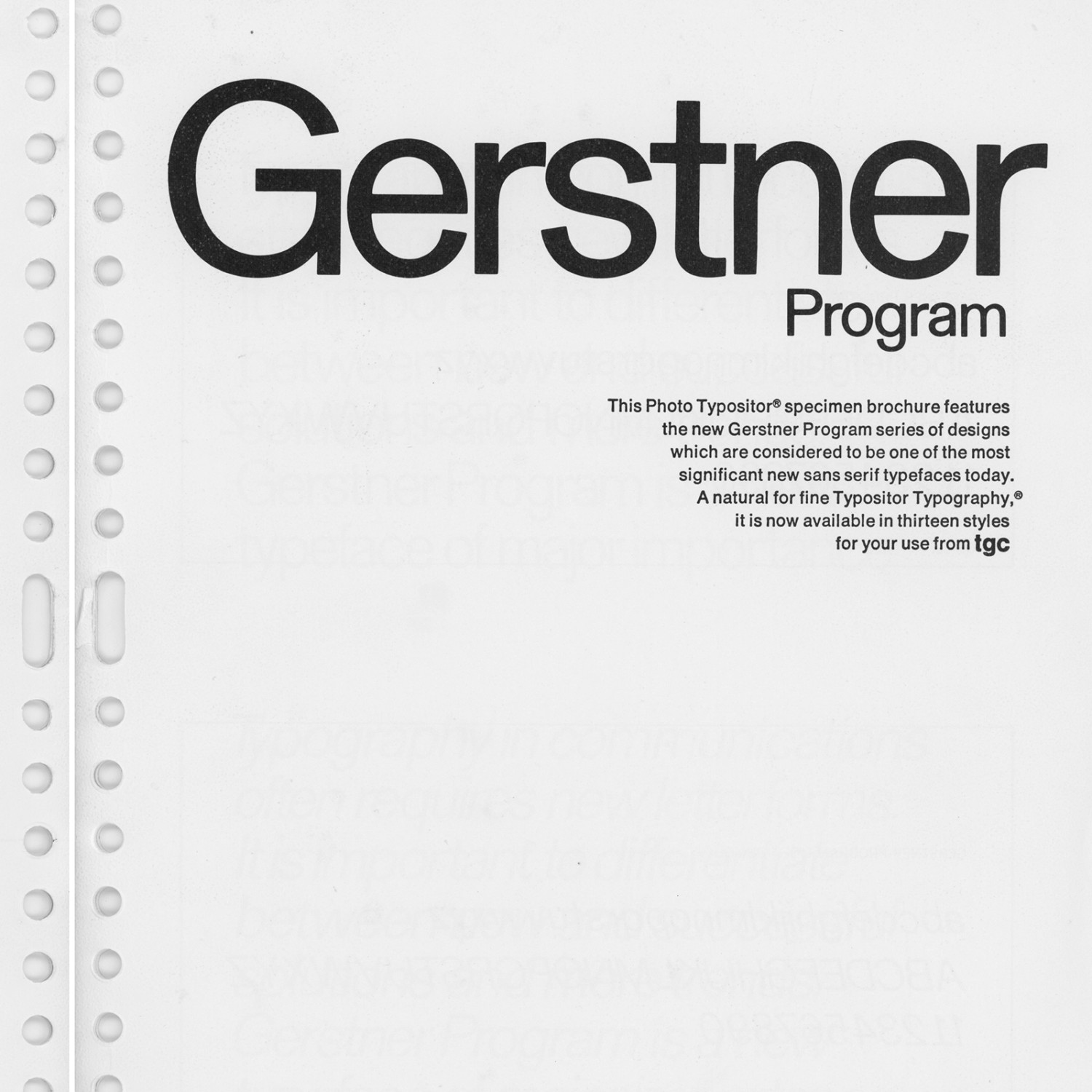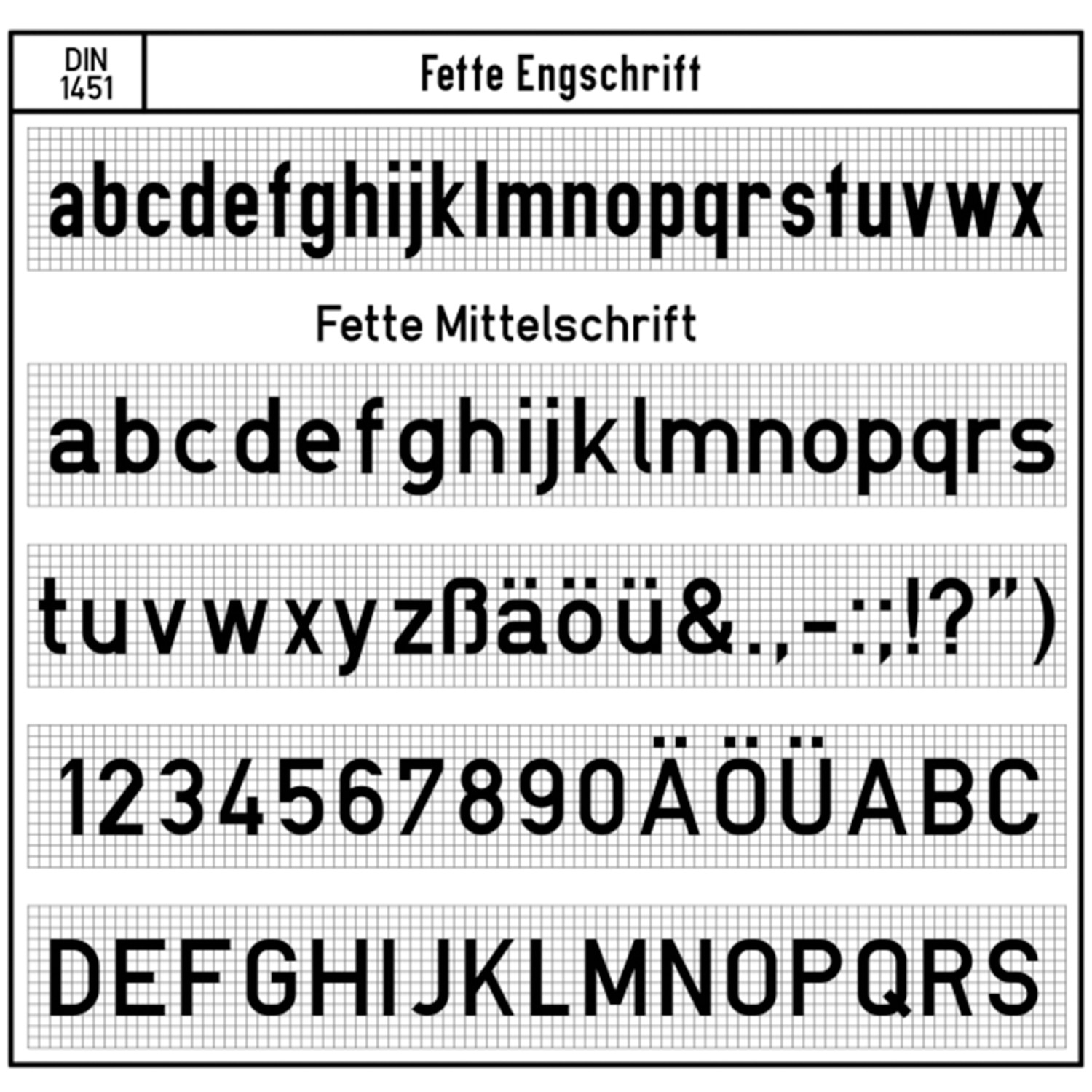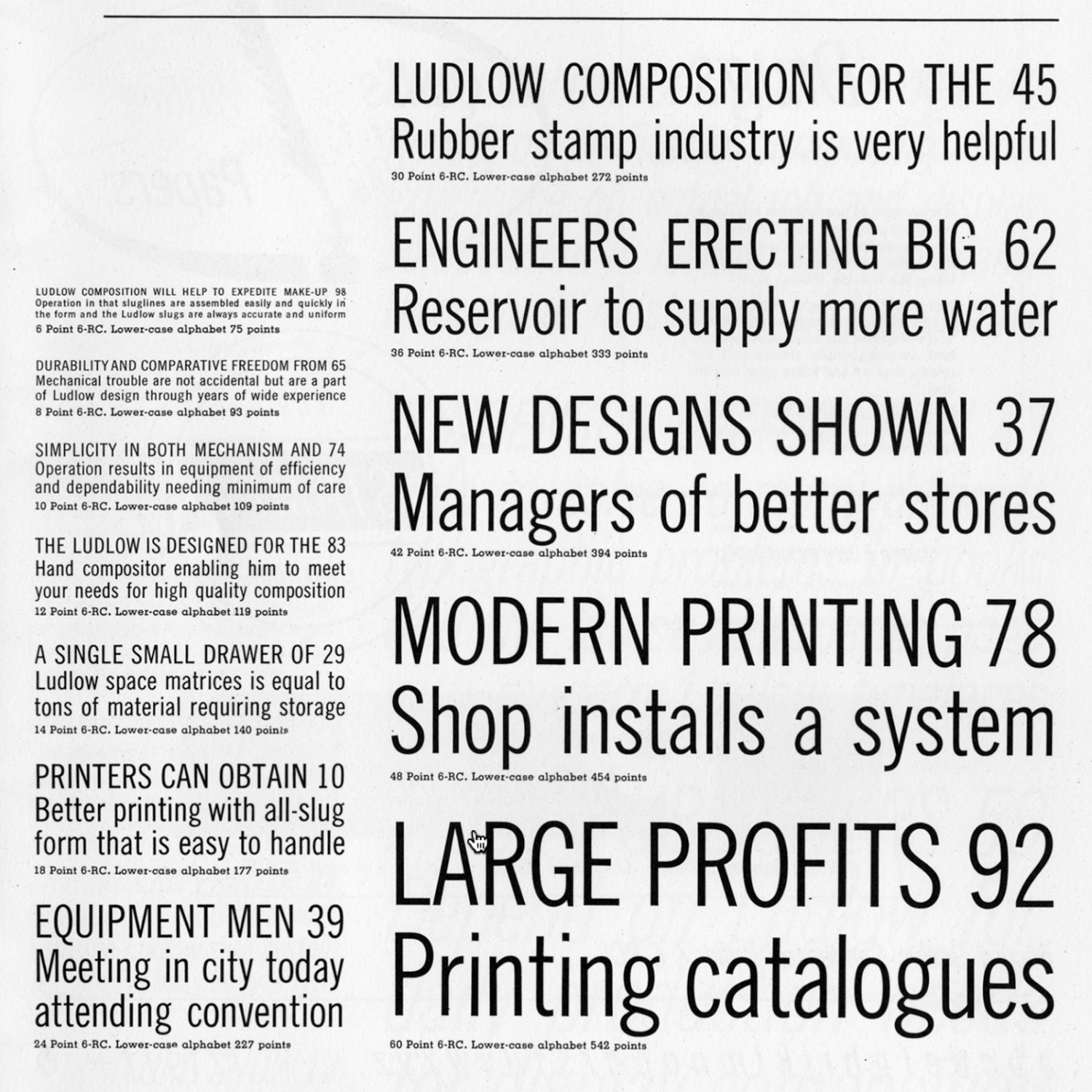- Thin
- Thin Italic
- Extralight
- Extralight Italic
- Light
- Light Italic
- Regular
- Italic
- Medium
- Medium Italic
- Semibold
- Semibold Italic
- Bold
- Bold Italic
- Extrabold
- Extrabold Italic
- Designer
- Sibylle Hagmann
- Version
- 1
- Year published
- 2025
- Pricing
- $400.00, starting at $50.00
- Formats
- .otf, .ttf, .woff, variable
Datei Grotesk emerged from an extensive exploration of sans serif typefaces that trace their origins back to the categorization of grotesques and neo-grotesques. The design process started in 2017, with the gradual development of the family contextualizing defining design features of legacy grotesque typefaces like Akzidenz, DIN 1451, Breite, Folio, Gerstner Programm, Haas Unica, Record Gothic, and Recta, among others. The design aims for a balanced approach to uniformity, featuring clear shapes, effortless readability, and a progressive system for both roman and italic styles. The final design strikes a balance between restraint with form qualities aiming to blend rationality with friendliness. The slight straight-sided letter forms give the type a subtle industrial flair, creating robust textures without appearing too rigid. Datei Grotesk’s uniform, no-nonsense features foster visual impact while maintaining flexibility and coherence in form. The family is offered in variable gamuts for roman and italic and a static font style-range that recalls legacy grotesque family structures. Open Type feature sets include support for alternate character options, figures for text and tables, dynamic fractions, case sensitive forms, and expanded language capabilities, among more, making the type family suitable for contemporary and versatile design applications.
Afrikaans, Albanian, Asu, Basque, Bemba, Bena, Bosnian, Catalan, Cebuano, Chiga, Colognian, Cornish, Corsican, Croatian, Czech, Danish, Dutch, Embu, Esperanto, Estonian, Faroese, Filipino, Finnish, French, Friulian, Galician, Ganda, German, Gusii, Hungarian, Icelandic, Ido, Inari Sami, Indonesian, Interlingua, Irish, Italian, Javanese, Jju, Jola-Fonyi, Kabuverdianu, Kalaallisut, Kalenjin, Kamba, Kikuyu, Kinyarwanda, Koyra Chiini, Koyraboro Senni, Kurdish, Latvian, Lithuanian, Lojban, Low German, Lower Sorbian, Luo, Luxembourgish, Luyia, Machame, MakhuwaMeetto, Makonde, Malagasy, Malay, Maltese, Manx, Māori, Meru, Morisyen, Nigerian Pidgin, North Ndebele, Northern Sami, Northern Sotho, Norwegian Bokmål, Norwegian Nynorsk, Nyanja, Nyankole, Occitan, Oromo, Polish, Portuguese, Romanian, Romansh, Rombo, Rundi, Rwa, Samburu, Sango, Sangu, Sardinian, Scottish Gaelic, Sena, Shambala, Shona, Slovak, Slovenian, Soga, Somali, South Ndebele, Southern Sotho, Spanish, Sundanese, Swahili, Swati, Swedish, Swiss German, Taita, Taroko, Tasawaq, Teso, Tsonga, Tswana, Turkish, Turkmen, Upper Sorbian, Vunjo, Walloon, Walser, Welsh, Western Frisian, Wolof, Xhosa, Zarma, Zulu
All Roman and Italics styles include the same set of glyphs with additional stylistic alternatives.







